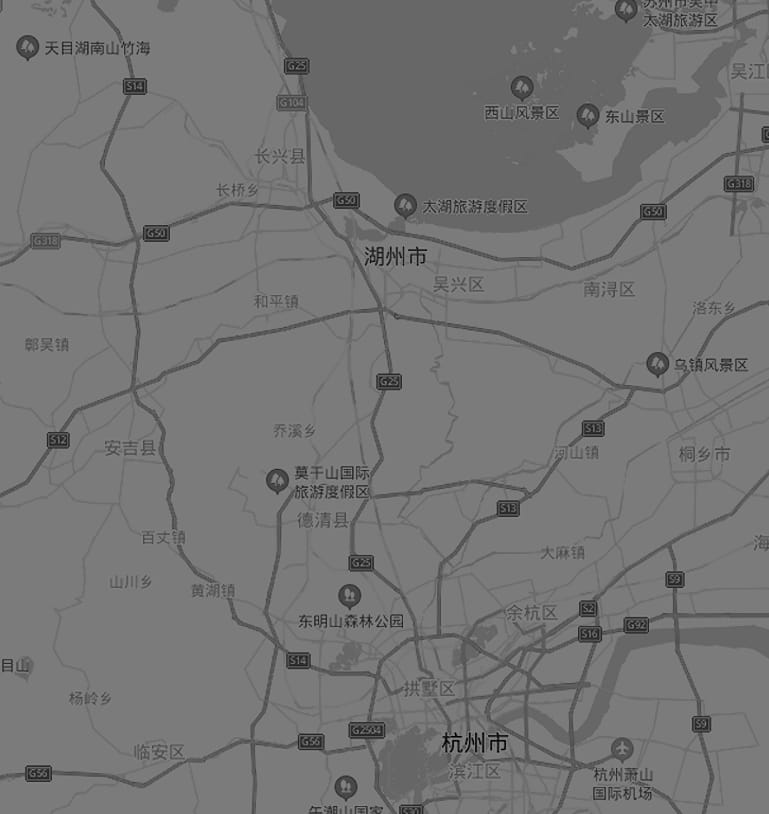The manufacturing process for nonwoven disposable bath towels involves several steps to create a fabric-like material without the use of weaving or knitting. Nonwoven materials are often made from fibers or filaments that are bonded together using various methods. Here's an overview of the typical process:
Fiber Selection: The first step involves selecting the appropriate fibers for the nonwoven material. These fibers can be synthetic (e.g., polyester, polypropylene) or natural (e.g., cotton, bamboo). The choice of fibers will affect the characteristics of the final product, such as absorbency, softness, and strength.
Opening and Blending: In this step, the selected fibers are opened, fluffed, and blended to create a homogeneous mixture. This helps ensure that the final product has consistent properties.
Carding: The blended fibers are then carded, which involves passing them through a series of rollers with wire teeth. This process aligns the fibers in a more uniform orientation and removes any impurities or clumps.
Web Formation: The carded fibers are collected to form a loose, fluffy web. This web serves as the starting point for the nonwoven material.
Bonding: Bonding is a crucial step that holds the fibers together to create a fabric-like structure. There are several methods of bonding used in nonwoven manufacturing:
Thermal Bonding: In this method, the web of fibers is passed through heated rollers or plates. The heat melts the fibers' surfaces, and when they cool down, they solidify and bond together.
Chemical Bonding: Chemical binders are applied to the web, and then the web is subjected to heat or a curing process. The binders react with the fibers to create bonds.
Mechanical Bonding: Needles or other mechanical means are used to physically entangle and interlock the fibers within the web, creating a bond.
Hydroentanglement: High-pressure jets of water are sprayed onto the web, causing the fibers to entangle and bond together.
Calendering and Finishing: After bonding, the material may be passed through calendering rollers, which apply pressure and heat to further improve the fabric's smoothness, thickness, and overall appearance. Various finishing processes can be applied to enhance characteristics like softness, absorbency, and color.
Cutting and Packaging: Once the nonwoven material is formed and finished, it can be cut into the desired dimensions for bath towels. The cut towels are then packaged for distribution and sale.
It's important to note that the specific manufacturing process can vary depending on the type of nonwoven material being produced, the chosen fibers, and the intended characteristics of the final product. Nonwoven disposable bath towels are often used in industries such as hospitality, healthcare, and personal care due to their convenience and cost-effectiveness.




